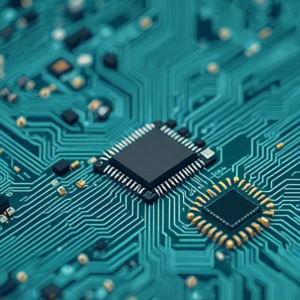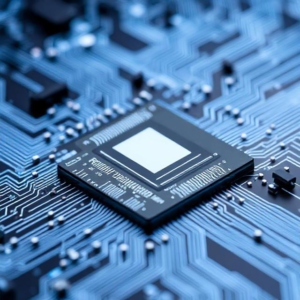In the world of digital electronics and embedded systems, programmable logic devices have revolutionized how engineers design and implement complex digital circuits. Among these, Field Programmable Gate Arrays (FPGAs) and Complex Programmable Logic Devices (CPLDs) are two widely used types of programmable logic devices. Both allow designers to customize hardware functionality after manufacturing, providing flexibility, faster development cycles, and cost-effectiveness compared to traditional fixed-function integrated circuits.

What is a CPLD?
A Complex Programmable Logic Device (CPLD) is a type of programmable logic device that consists of a relatively small number of logic blocks connected via a programmable interconnect matrix. CPLDs typically contain multiple macrocells — groups of logic gates configured to perform logic functions — and are best suited for implementing simpler control-oriented logic functions.
Architecture and Features of CPLDs
-
CPLDs have a non-volatile memory to store configuration data, so they retain their programmed logic even when powered off.
-
They consist of relatively few logic blocks compared to FPGAs, usually optimized for implementing combinational logic and simple state machines.
-
They have predictable timing and deterministic behavior, making them ideal for control logic where timing is critical.
-
CPLDs generally consume less power and are less complex.
What is an FPGA?
A Field Programmable Gate Array (FPGA) is a highly flexible and complex programmable logic device. It contains thousands to millions of logic blocks, called Configurable Logic Blocks (CLBs), along with programmable interconnects, block RAM, digital signal processing (DSP) blocks, and even embedded processor cores in advanced models.
Architecture and Features of FPGAs
-
FPGAs use volatile memory (like SRAM) to hold configuration data, which means they need to be programmed each time they power up, usually from an external memory.
-
They offer massive logic resources, allowing for the implementation of very complex digital circuits, including entire processors, communication systems, and digital signal processing algorithms.
-
FPGAs provide high-speed operation, parallel processing capability, and are highly reconfigurable, making them suitable for prototyping and production.
-
Modern FPGAs include embedded multipliers, DSP slices, high-speed transceivers, and support for high-level synthesis.
Key Differences Between CPLD and FPGA
| Feature | CPLD | FPGA |
|---|---|---|
| Architecture | Few large logic blocks (macrocells) | Thousands to millions of small logic blocks (CLBs) |
| Memory Type | Non-volatile | Volatile (SRAM-based), requires configuration on power-up |
| Best For | Simple control logic, state machines | Complex, high-speed data processing and large designs |
| Power Consumption | Lower | Generally higher |
| Reconfiguration | Typically slower, less frequent | Fast and often during operation (partial reconfiguration possible) |
| Complexity | Moderate | Very high |
Applications of CPLDs
Due to their simplicity and reliable timing, CPLDs are often used for:
-
Glue Logic: Acting as interface and control circuits that connect different parts of a system.
-
State Machine Implementation: Managing control sequences in embedded systems.
-
Simple Protocol Controllers: Implementing UARTs, SPI, I2C interfaces.
-
Reset Controllers and Clock Dividers: Ensuring system stability.
-
Configuration Controllers: Managing FPGA configuration and other system initialization tasks.
Applications of FPGAs
FPGAs, with their flexibility and power, serve in much broader and more demanding applications such as:
-
Digital Signal Processing (DSP): Implementing fast algorithms for audio, video, and communications.
-
Prototyping ASICs: Testing custom chip designs before mass production.
-
High-Speed Networking: Packet processing in routers and switches.
-
Embedded Systems: Integrating processors and peripherals on a single chip.
-
Artificial Intelligence and Machine Learning: Accelerating computations with parallel hardware.
-
Aerospace and Defense: High-reliability, real-time control systems.
-
Video and Image Processing: Real-time video encoding, decoding, and image recognition.
Conclusion
Both CPLDs and FPGAs have transformed digital design by enabling hardware to be programmable and reconfigurable. CPLDs excel in simpler, deterministic control logic, while FPGAs handle highly complex, performance-critical applications. The choice between them depends on the specific needs of the project — complexity, power, speed, and reconfiguration requirements.











